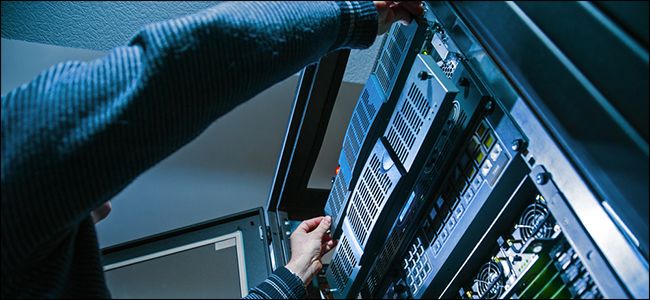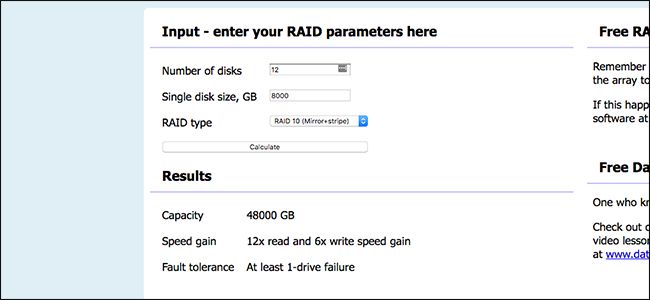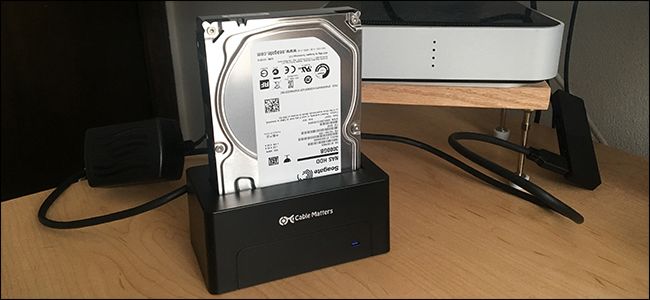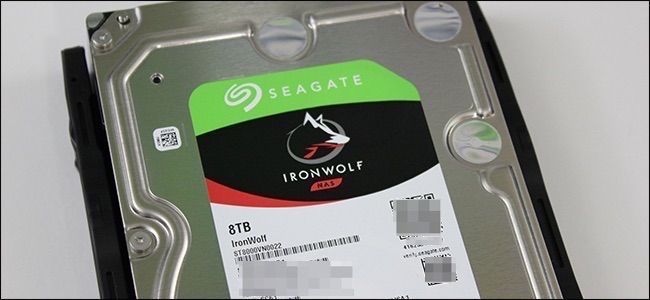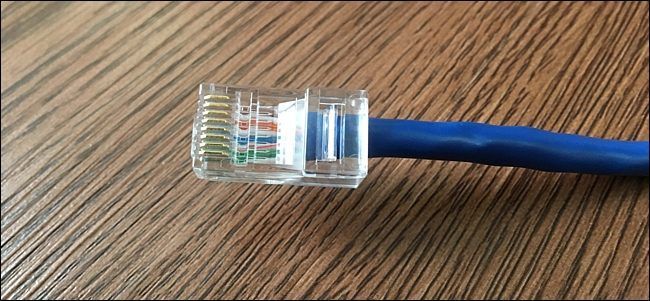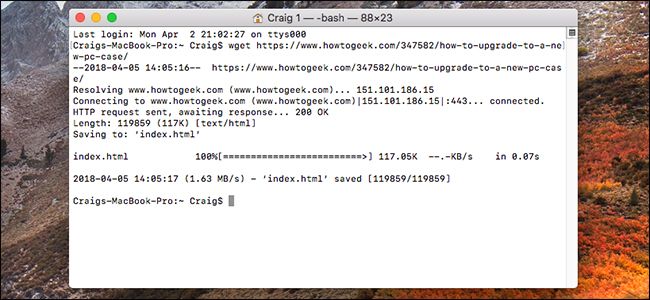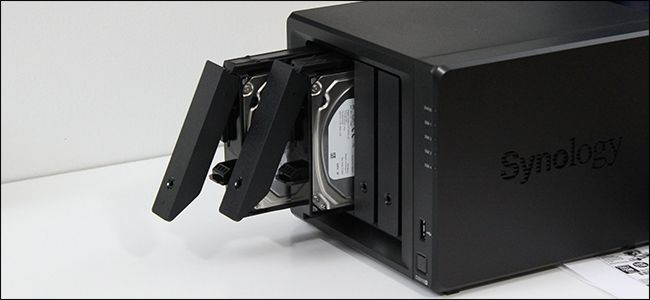Quick Links
Whether you're running a Plex media server, virtual machines galore, or just maintaining your own cloud storage system, there are a handful of things aspiring home server aficionados should have in their arsenal.
RAID Calculator
If you're going to have a small handful of hard drives in your server, then it's not too difficult to decide which RAID setup you should go with. However, once you start adding in more disks, it's a good idea to experiment with different RAID setups on paper before officially rebuilding your array.
For this, RAID Calculator is a super simple, yet very helpful tool. You just enter the number of disks you have, the size of the disks (individually), and then what type of RAID setup you're thinking about using. From there, you'll get an overview of how much storage space you'll get to work with, the performance of the array, and its fault tolerance.
A Hard Drive Docking Station
Upgrading to new hard drives and getting rid of old ones? Just need to run some tests on a problematic hard drive? A hard drive docking station is handy to have in these situations.
It essentially acts as an external hard drive of sorts, but you can quickly plug any internal hard drive into it and fire it up on any computer. I use it for wiping old hard drives I want to get rid of, as well as diagnosing possible issues with drives in an isolated environment that eliminates other factors. They're cheap enough that even if you wouldn't use it often, it's great to have when you actually do need it.
A Spare Drive Always Ready to Go
When you have a row of hard drives working 24/7, one of them is bound to crap out at some point---that's what your RAID setup is for, after all. But aside from that, it's always a good idea to have a spare hard drive at the ready.
Instead of waiting for a hard drive to fail and not being ready for it, it's best to have a spare hard drive in place and ready to take over so that you can begin to rebuild the array ASAP, rather than having to buy a new disk and wait for it to arrive on your front porch. Most server operating systems let you plug in a spare drive but keep it separate from everything else. And then when you need it, you can easily bring it into the fold.
It's always tempting to use that extra storage that you have just sitting there, but you'll thank yourself later when one of your drives inevitably calls it quits.
Ethernet Crimping Skills
Having a home server involves running Ethernet cable every which way. You could just buy Ethernet cables in the specific lengths you need them in, but you save a lot of money if you make your own Ethernet cables instead.
You can get a 1,000-foot spool of Ethernet cable for around $60, which should last you quite a while. Of course, you'll also need to spend a bit more money for the plugs and some tools to crimp the cables, but you'll still come out way ahead.
Plus, crimping your own ethernet cables allows you to make them at just the lengths you need, which can help make things look tidy and clean in your home server setup.
Various Command Line Tools
Some home server operating systems are pretty easy to use, even for beginners. But you'll undoubtedly use the command line at some point, and there are some really great command line tools that are worth using.
If you're at all a data hoarder, then you'll love using Wget, which is a command line-based downloading tool. You can use it to download a single file or an entire website and all of its assets, all with a simple command.
There's also iPerf and Speedtest-cli. The former can test your local network's read and write speeds, while the former can test your internet connection. Both are useful when you need your home server to perform in tip-top shape at all times.
Back Up Your Data!
Ok, this one's not so much a thing you should have available, but a thing you should do. But really, back up your data. This is common knowledge, but it's real easy to do all kinds of stupid stuff and experiment with new things on your server as you go through the learning process---you never know if you'll end up accidentally messing things up and need to start from scratch.
And no, your RAID setup is not a backup. It's only there if a hard drive ever fails. Instead, back up everything to a separate, isolated hard drive that can be stored in a safe location, preferably offsite.
Image from Shutterstock

